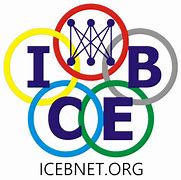Document Type
Article
Abstract
In the publishing industry, the publishers supply products like the magazines, newspapers and books to the retailers. In order to encourage the retailers to order more, the publishers usually adopt a kind of buy-back return policies under which the retailers can return the unsold products for a partial refund. In the past, due to the lack of retail sales channel, most of the returned products were salvaged at a very low value. Now, with the advance of e-commerce, publishers can make use of Internet as an e-marketplace to sell those returned products to a completely different market – the World Wide Web. Since Internet offers a global open system, it breaks the geographical barrier and the demand for those “locally fade-out” goods can be very significant. In light of this, we study in this paper a two-echelon supply chain with one publisher and multiple retailers. Through the simulation analysis, we find that the impact of the e-marketplace can be substantial. Depending on the operations cost of the emarketplace and the size of the demand, the expected profit improvements for the publisher, the retailers and the overall supply chain vary. We identify the factors that can achieve the situation under which all parties' profits are improved with the e-marketplace. Moreover, with a price dependent demand distribution for the e-marketplace, we can determine the optimal buy-back price and the optimal emarketplace selling price for the product. A real case of a local publisher has been chosen for simulation analysis and the managerial issues are discussed.
Recommended Citation
Choi, Tsan-Ming; Li, Duan; and Yan, Houmin, "Electronic Market Place for Returned Products in The Publishing Industry: A Simulation Analysis" (2001). ICEB 2001 Proceedings (Hong Kong, SAR China). 148.
https://aisel.aisnet.org/iceb2001/148


